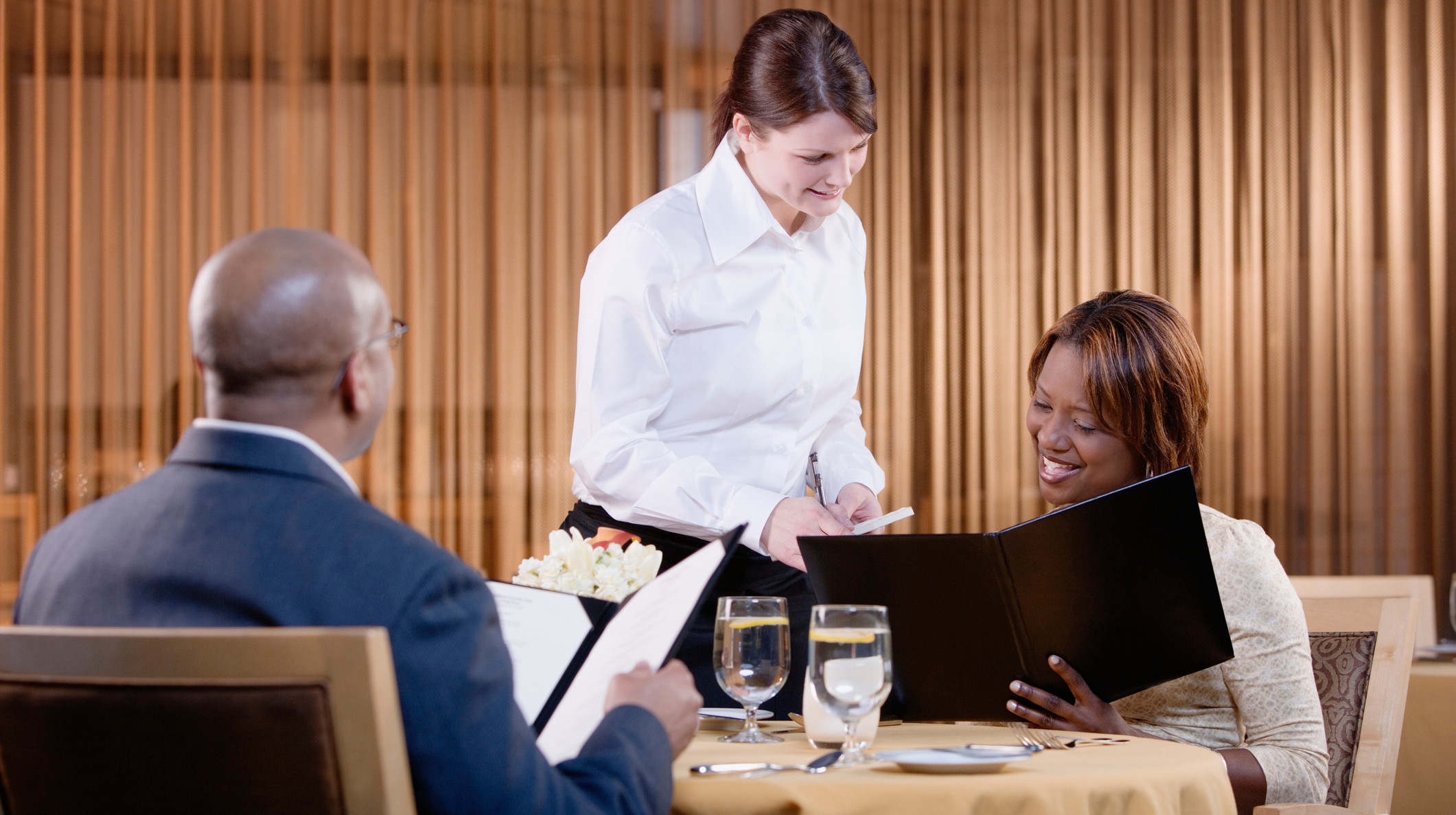Do We Even Need Menus Anymore?
As restaurants reopen, owners and managers are trying to be more vigilant about the spread of germs—or at least they're supposed to be. Patrons are seated on patios or at a six-foot distance (with the other tables filled with mannequins or ghosts). Staff wear masks and gloves and wash their hands. Everything is sanitized between uses. Everything, that is, except the menus.
Yes, menus, which customers finger with their grubby little possibly-germ-filled hands and then pass back to the server to be redistributed by the host so they can be fingered by a new set of grubby, germy hands. Ad nauseum. The solution seems pretty easy: What if we got rid of reusable menus altogether?
It wouldn't even be that hard. Plenty of restaurants already use chalkboards. IHOP has traded its 12-page laminated monstrosity for a simple-two page disposable version. And then there's one solution that has rested in our hands, or in our smartphones, the whole time.
Yep, it's the QR code. Just point your smartphone at it, scan, and read on your screen (contaminated by nobody's germs but your own). Restaurants in Asia, primarily China, have been using them for years, and they've already been adopted in restaurants across the U.S., including in New Orleans, Las Vegas, and Eugene, Oregon. Jean-Georges Vongerichten has also said he will start using them in his New York restaurants, not only for customers to order but also to pay their checks.
Grub Street profiles a high-school sophomore named Iskander Khan who has been developing QR code menus for New York City restaurants, funded by a $1,500 grant from his school. He was inspired by a conversation he had with a restaurant server back in March: "What was annoying her was she was having to wash the menus after every person touches them. That's one thing she was doing to prevent the spread of the coronavirus." The codes will be placed in plastic menu holders on tables.
But what of the 30% of Americans who don't own smartphones? "It's unlikely that we'll lose paper menus completely anytime soon," Grub Street concedes, "but why are they still the default? People already look at, and are dependent on, online menus. It's at the computer that many young diners really spend time figuring out what they want to eat, long before they ever get to a given restaurant. Given this, single-use paper menus can seem, well, rather wasteful."
Oh brave new world, with no restaurant menus in it!
